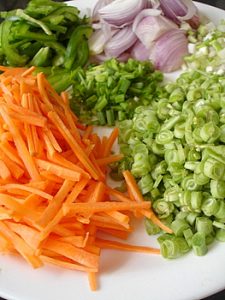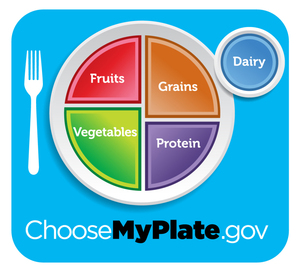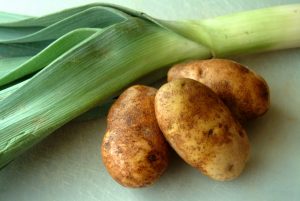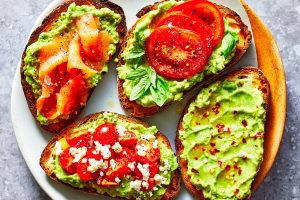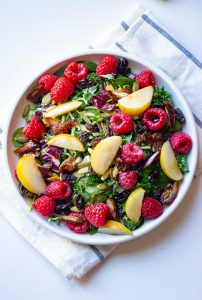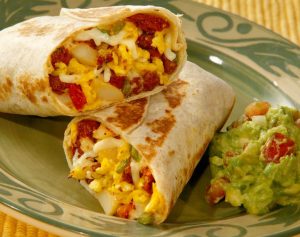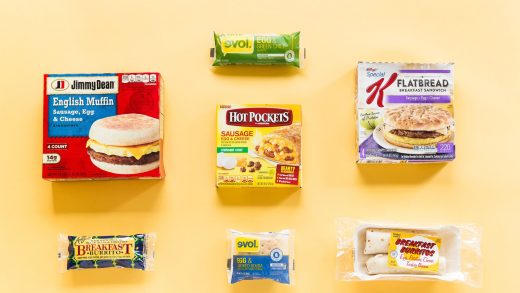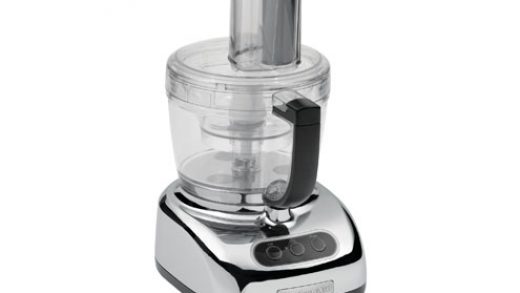According to the United States Department of Agriculture, vegetables should make up about 30% of the food you eat. For most Americans, we fall way short of that. In earlier posts, we’ve looked at the USDA’s My Plate program, illustrating just how much of each food group should be on your plate. In order to come close, we need to add more vegetables to all of our meals.
In general, vegetables are classified by their nutritional content. Dark green vegetables, particularly leafy greens, are one subgroup and need to be included in your eating plan as often as you can. They provide lots of phytonutrients, minerals, and vitamins. Red and orange vegetables, like carrots, squash and some peppers, make up the second group because they are high in antioxidants. Beans, peas and lentils, or legumes, are the third group. They contain protein, fiber and other important nutrients. They are also in the protein food group. Some doctors recommend a “beans and greens” diet.
Starchy vegetables, the fourth group, include potatoes, corn, plantains and water chestnuts. The fifth group is labeled “Other.” In this category are cucumbers, turnips and cruciferous vegetables like broccoli and cauliflower. There are a lot of vegetables in this group. What puts them together is their relatively low level of many different nutrients. To give you an idea, iceberg lettuce is in this group because it has very little nutrition.
Adding Vegetables To Your Eating Plan
Eating more vegetables for lunch and dinner is usually not much of a problem. A salad makes a nice lunch. Having a vegetable side dish with your dinner protein is typical for most people. But what about breakfast? Sure, there might be a side of hash browns, but is there anything green? Baked beans are common in the UK for breakfast, but they are rarely on the menu in American diners for that meal.
Start Easy: Frittatas and Omelettes
These egg dishes are ideal for adding vegetables to your diet. I like to make a “Cheese and Whatever Omelette.” Start with three eggs and a splash of milk and whip it with a fork or small whisk until it becomes a smooth, fluffy consistency. A non-stick skillet or egg pan on low heat is best, but add a tablespoon of olive oil, a little more if the pan has lost its non-stickness. When the pan and oil are hot, I’ll add some leftover vegetables, like onions, carrots and beans. Then I add the egg mixture and let it sit there for a minute. This gives you time to add salt and pepper. The vegetables will slow down the cooking of the eggs. When it begins to set around the edges, I use a spatula to pick up the edge and tilt the pan to allow any unset egg in the middle of the pan to add a new layer on the bottom. When no more egg will run, it’s time to add a quarter cup of shredded cheese. I like to buy shredded sharp cheddar cheese in a large size for things like this. When the cheese is mostly melted, turn off the heat and fold the egg into thirds like a letter for an envelope. Gently slip the omelet onto your plate, where I have probably already placed a couple of slices of freshly buttered whole-grain toast. It takes less time than you think.
Another idea is a baby spinach omelet. If you’re planning for the week ahead and you want a quick grab-and-go breakfast, use a muffin tin to make mini-frittatas to live in your refrigerator until you need them. A minute in the microwave will bring them back to life. Frittatas and quiche are great ways to use up any extra veggies in the fridge.
Hash It Out
Hash for breakfast is more common in some places than others but it’s a good way to add vegetables to your breakfast plate. Start with a cubed potato. Spread it evenly into an oiled skillet. Season with salt and pepper. For vegetables, leftovers are great. So are bell peppers, kale or spinach, and maybe some squash. For protein, you can use sausage or that leftover pork chop cut into bite-size pieces. Try replacing the regular potatoes with sweet potatoes. Hash can be very versatile.
Transforming Toast To A Higher Level
You’ve probably heard of avocado toast being a hit fad breakfast item lately. And it is very good for you. Toast has fiber and carbohydrates, avocado adds flavor and good fat. But you don’t have to stop there. You can top that with a slice of tomato, a few sprigs of roasted asparagus, sliced radish, carrots or green bell pepper.
Make Extra Veggies
Under the theory that you eat less junk if you don’t keep it in your home, the same is true with making more use of vegetables in all your meals. Sheet pan dinners are increasingly popular as an easy way to make dinner. May we suggest you cram that sheet pan with lots more veggies which you can then put away in the fridge so they’re ready to use in the morning scramble or frittata?
Salad For Breakfast?
In Europe, especially along the Mediterranean Sea, a salad of greens, cheese, tomatoes, olives and olive oil is often served for breakfast. Just add a poached egg and some bacon crumbles. You can also use cooked grains, like quinoa, barley or oats as toppings.
Roll It Up
Breakfast burritos are great. But you need to add lots of veggies to the filling to counteract the fat and cholesterol in a flour tortilla. Lots of veggies can work, like tomatoes, peppers, and onions. Instead of a fatty sauce, use avocado slices. You can fix them separately and put them into the scrambled eggs. Make a big batch of them, wrap and refrigerate a few for the next few mornings, and put the rest in the freezer for future breakfasts when you are in a hurry.
Not That Pizza For Breakfast
There are so many ways to do this. Face it, we’ve all had leftover pizza for breakfast. And if you do it right, it can even be better the next day. Or you can take a frozen pizza and add lots of veggies and extra cheese. Another is to make a breakfast pizza using pizza dough, a gravy sauce, scrambled eggs, bacon, sausage and lots of cheese. That should make three or four quick breakfasts (See our tips on reheating cold pizza.).
Shakshuka Up Your Weekend Breakfast
Across North Africa and the Middle East, a delicious breakfast would include this dish of eggs cooked in a simmering sauce of tomatoes, onion, peppers and spices. Serve this with warm naan or pita bread to sop up the sauce.
Veggie Shells As Egg Cups
Take some thick bell pepper rings and put them on a nonstick skillet or baking sheet. Crack an egg into each of the rings and bake until set. You could also use avocado halves, tomatoes, portobello mushroom caps, and any sort of vegetable made into a cup.
Stuff A Sweet Potato
Sweet potatoes can be baked, scooped out and filled with a breakfast stuffing of sweet potato, eggs, and bacon or sausage. A simple breakfast dish can be made of cooked sweet potato chunks spread with almond or cashew butter for a subtle sweetness. Or top with peanut butter and sunflower kernels for a roasty, savory flavor, packed with protein. Sweet potatoes diced and fried can be turned into a breakfast hash with chopped onion, crumbled bacon, kale or spinach, and peppers, finished with scrambled eggs.
So, get creative and make your breakfast something you look forward to every morning. At the same time, you can add more vegetables to your breakfast, making it easier to reach your goals.
